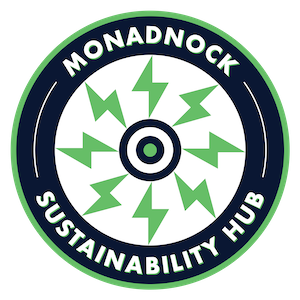Another record highest temperature month, first June, then July and now August, 2016; it’s hard not to see a planet in distress. Carbon dioxide levels at over 400 PPM are far above the long term average of 280 PPM. Severe storms, droughts, glaciers melting, sea level rising, ocean acidification, 2014 the warmest year on record until 2015 was warmer. Yet there is hope, in the past year the Pope issued an encyclical calling for us to recognize this threat and care for our common home, then over 190 countries agreed to take action to reduce the risks of a warming climate.
But these commitments are no guarantee that the unthinkable won’t occur. A recent study published in the journal Nature warns that, if greenhouse gas emissions continue at their current pace, the collapse of the Antarctic ice sheet could drive sea levels up to 6 feet higher by the end of the century. This could create 13 million refugees in the US alone as their homes are flooded.
We need solutions that move us from an outdated and dangerous reliance on polluting fossil fuels to a clean energy future. But we can’t rely on the government to pick winners and losers and over regulate this transition. We need it to set the course and provide policies to dramatically reduce our greenhouse gas emissions and unleash America’s entrepreneurial spirit.
Scientists started warning Congress in the 1980’s, thirty years later scientists say we can no longer delay, as the greenhouse gases clog our atmosphere. A ray of hope comes from the recent formation of the bipartisan Climate Solutions Caucus in the House led by Carlos Curbelo (R-FL) and Ted Deutch (D-FL). It promises to be truly bipartisan, maintaining an equal number of Republicans and Democrats. Rep Curbelo recently shared he’s motivated by the fear that his children may not be able to live in their home in the Keys if we fail to act. He sees putting a price on carbon as a viable option.
Carbon Fee and Dividend
A revenue-neutral fee on carbon with the money returned to the American public has proven capable of creating common ground across the political spectrum. The policy known as Carbon Fee and Dividend is simple:
- A fee is placed on the amount of carbon dioxide (or CO2 equivalent) that a fuel emits when burned, starting at $15 per ton and increasing by $10 per ton each year.
- Revenue from the fee is divided into equal shares and returned to all households.
- Border tariffs are imposed on imports from nations that do not have an equivalent price on carbon, thereby maintaining a level playing field for American businesses.
As a revenue-neutral policy that does not increase the size of government, and employs market-based incentives rather than government regulations and subsidies, Carbon Fee and Dividend has obvious appeal for Republicans. The Regional Economic Models, Inc. study found that Carbon Fee and Dividend would have a dramatic effect on CO2 emissions, reducing them to 52 percent below 1990 levels after 20 years while adding over 2.8 million jobs.
This is the type of policy that will encourage activities like community solar an emerging option that provides power to the people. Community solar (CS) is a photovoltaic (PV) solar electric system that provides power and other benefits to community members. Based on the initial locally owned CS system on the Monadnock Food Co-op, the Monadnock Sustainability Network (MSN) published the NH Community Supported Solar (NHCSS) Guide (greenmonadnock.org) which provides insights, perspective and guidance so local citizens can initiate a PV project and retain profits and control within their community.
The choice is ours. We can pursue a clean energy future where all households get a dividend to offset the increased costs of polluting fuels, creating new jobs and opportunities for businesses while reducing the dangerous risks of an overheating planet. Or we can risk that 97% of scientists are wrong and it’s OK to keep burning fossil fuels…
